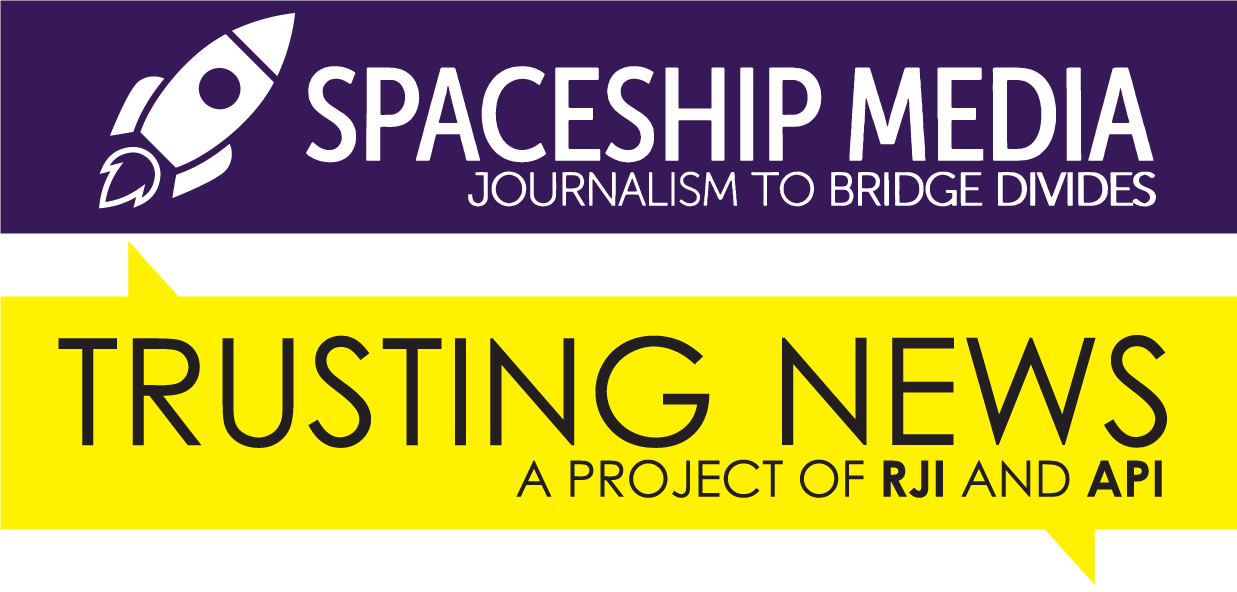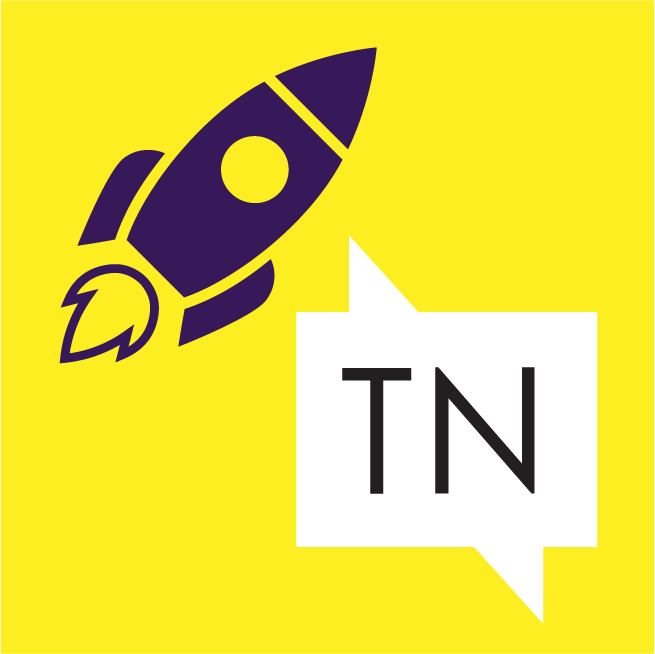At Trusting News, building trust with news consumers is something we have been helping journalists with since 2016. While working with Journalism is a collaborative effort. At their best, newsroom teams contribute to each other’s work and hold each other accountable for fairness, nuance and depth. These efforts are less effective when staff are not able to draw on their full range of intellectual diversity. While acknowledging and being able to talk productively about our many different points of view can be intimidating and messy, doing so creates better journalism for the communities we serve.
Dimensions of Difference is designed to support your newsroom in creating better content by helping you to identify, understand and talk about your own differences internally. This guide will help journalists explore these questions: How can we as journalists more clearly articulate and acknowledge both our individual and our shared values? What are some of the ways that those views, values and ideals shape our coverage? As we work together toward more accurate, reflective, relevant journalism, how can we have deeper, more nuanced dialogue about these differences?
The below activities in Dimensions of Difference are based on a workshop that Joy Mayer of Trusting News and Eve Pearlman of Spaceship Media. Read more about the goals, process, people and funding behind this guide here. And please take time to give us your feedback and share your experience with the guide, using this feedback form.
We also offer customized support to guide your team through these tough questions and help you develop a newsroom culture that’s ready for the challenges of doing journalism. Get in touch to learn more.

Click on the below icons to jump to each section of the Dimensions of Difference guide.
How to use this guide
There are five sections in Dimensions. Each contains several exercises. Use them as outlined or adapt them in ways that make sense for your team. You can download the entire guide as a PDF here.
Learning is a work in progress, so If you try something new or modify the materials in a way that is useful, please share it with us so we can share it with others.
Our big aim
To support dialogue within newsrooms in service of journalism that reflects the complex communities we serve.
Our key premise
We all come from somewhere: a family, a place, an era, a religion (or an absence of), a political ideology, a set of evolving values and ideas. Who we are informs our journalism — what we notice and where we have blind spots. Identifying and talking about our differences improves our coverage, our accuracy, our relevance, and our ability to serve the public.
Our underlying thinking
The United States is a remarkable, complicated society in the throes of events both heartening and uplifting (deepening awareness of our diversity and our power-keeping structures, and energized efforts to repair and rebuild some of the systems we live by), as well as deeply distressing (the rise of authoritarianism, political upheaval, misinformation, hate speech, hate crime, etc.).
Reckonings around race and gender in recent years have impacted our work as journalists, both at institutional and individual levels. We are part of an extraordinary growth process and, as with other growth processes, working through them can be challenging and disorienting.
For journalists particularly, in our work as storytellers, with our keen focus on language and our very public work product, this moment is, perhaps, uniquely difficult. We all have our own experience and story, including region, religion, family structure, values, interests, etc. We can strengthen our journalism if we bring deeper humility, honesty and communication skills to discussions about our complex and multifaceted identities.
What this is not
Dimensions is not a DEI training. Our intention is to help people surface the many facets of difference that exist amongst journalists and to support the development of productive strategies for communicating about them as they relate to our assumptions, our biases and our coverage decisions.
How to use this, on your own or with your newsroom
We have seen the power of colleagues working through these activities as a team: sharing insights can lead to a deeper understanding of each other and the work you do together. You might choose to work through an entire section with your colleagues in person. You could also work through activities one at a time, on your own, and then use Slack, Teams, or another internal communication platform to share reflections and thoughts on each activity. We welcome your thoughts about the materials as well as suggestions about how to improve them.





